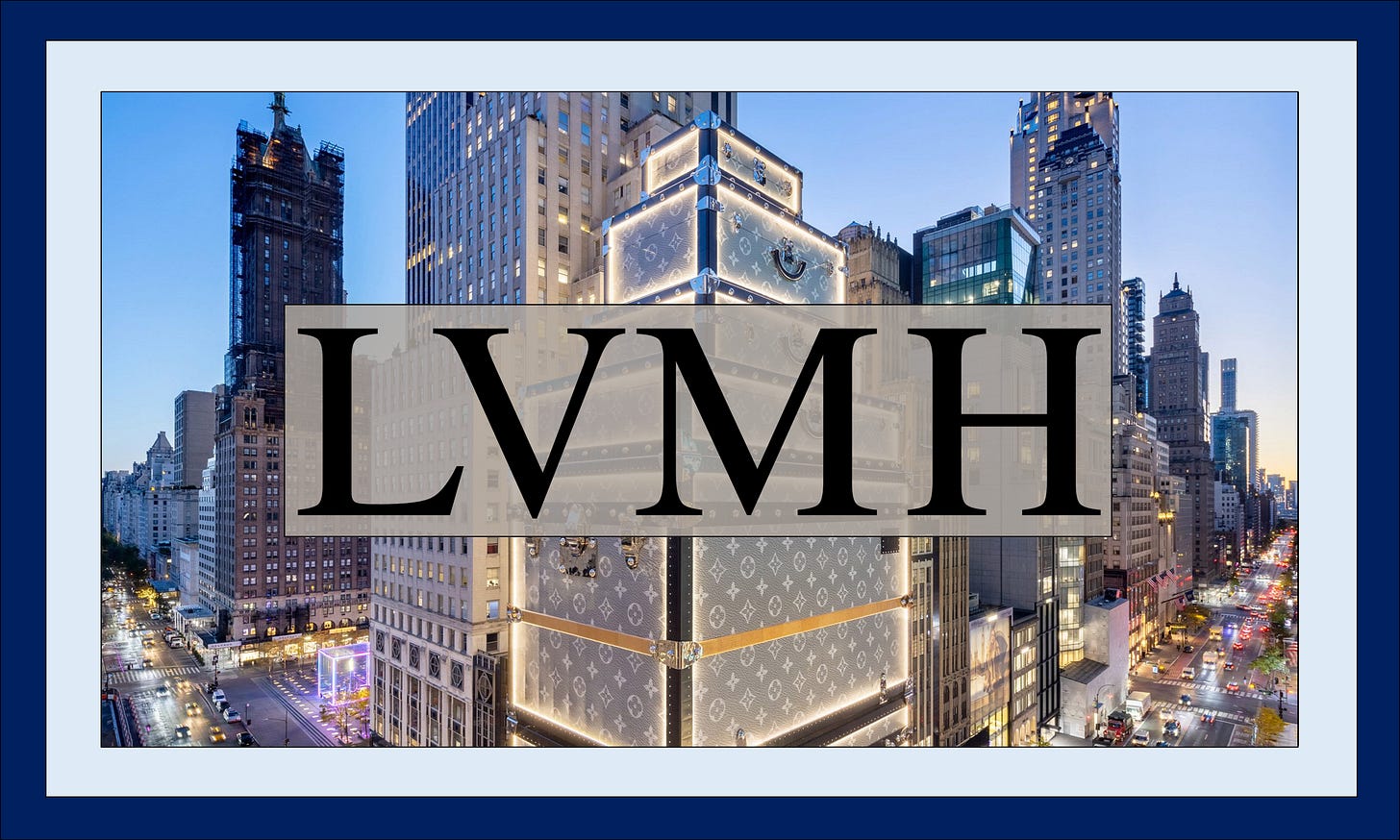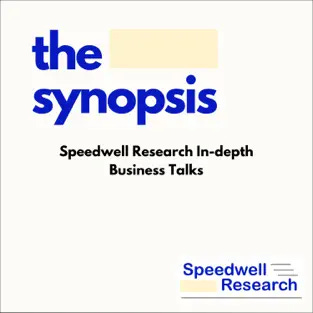LVMH Deep Dive
Announcing the release of our 121-page Extensive Research Report on LVMH
Welcome to Speedwell Research’s Newsletter. We write about business and investing. Our paid research product can be found at SpeedwellResearch.com. You can learn more about us here.
This is a new company report announcement. Members can access Speedwell’s Reports here. You can become a Speedwell Member here.
$15 million and one asset swap.
That was the difference between an obscure life as a middling business executive of a construction company and dominating one of the most prestigious industries, while becoming the richest man in world in the process.
Bernard Arnault could have run his family’s construction business and enjoyed a cushy life, but instead he chose war. To build a war chest, he disposed of the family real estate business.
Then, with one well-placed bet, he took control of Boussac, an ailing French manufacturing conglomerate with a hidden crown Jewel: Dior.
He unceremoniously dismantled the business, firing thousands in the process, showing a taste for ruthless capitalism that was rare among French nationals at the time (who were still flirting with socialism). Newspapers may have called him The Terminator, but he made over $500mn in the matter of a few years.
And this was only the beginning.
With a taste for wrestling underappreciated assets from the wrong owners, he set his sights on a much larger prize.
He saw the LVMH group, which was plagued by in-fighting among the multiple families that owned it, was susceptible. With a knack for esoteric finance, he created a vehicle to acquire 30% of the shares while only partially financing it himself. He would then gather an issuance of warrants to build a blocking minority. From there, only a few feeble legal claims stood in his way. It didn’t take long until his control over the LVMH group was absolute and uncontested.
The journey was still just beginning. He set out to transform the luxury industry not just in terms of popularity, but also profits. Arnault’s control would extend not just to the corporate structure, but also their raw material sourcing, the manufacturing facilities, and the stores.
With the ability to ensure quality and build their own distribution network, his other talent was picking the right creative directors and stepping back. Letting Marc Jacobs take control of Louis Vuitton when he was still a relatively unknown name was a big bet that paid off.
While their reach was global, their store count would never need to exceed 500. Instead of expanding distribution, they focused on increasing desirability. While many may be cynical about how desirable Louis Vuitton truly is, the numbers speak for themselves: They generate well over €20bn of revenue every year with profit margins that are higher than most software businesses.
They also have been applying the Louis Vuitton plan to Dior with much success over the past decade. Their other brands like Loro Piana, Celine, Fendi, among many others also represent a long-term optionality on the next big luxury brand. However, success is not measured in seasons like most fashion businesses, but rather on a multi-decade time scale. In total, they have over 75 businesses that span Leather Goods, Jewelry, Cosmetics, and Perfume to Retailing, Wine, Spirits, and Hotels.
While Bernard Arnault has compounded profits at a 9% CAGR since 2000 and operating cash flow at a 13% CAGR since 2012, are their brands now oversaturated? Can they continue to count on the same tailwinds of the past decades—ever greater globalization and rising incomes of the middle class? How worrisome is the growing trend of “quiet luxury” to their largest profit pool—Louis Vuitton—that many see as too loud and overexposed?
We cover all of this and much more in our 121-page research report on LVMH!
Read the full report by becoming a member below! You can also just buy the LVMH report through the link below.
(Please reach out to info@speedwellresearch.com if you have any issues or need to speak to us to become an approved research vendor in order to expense the membership).
If you are a member, you can access the LVMH report here.
The Synopsis Podcast.
We will be releasing a company episode just on LVMH in the future. Follow our Podcast below to make sure you get it when it is released!
LVMH Table of Contents
Founding History
Business History
Creating an Empire
Running a Luxury Empire
Business
Wine & Spirits
Fashion & Leather Goods
Perfumes & Cosmetics
Watches & Jewelry
Select Retailing
Other
Luxury Industry
Value Capture Index
Luxury Peers
Kering
Hermès
Chanel
Other Brands
LVMH Model
ROIC & Capital Allocation
Valuation
Risks
Summary Model
Conclusion
Become a member today for access to our LVMH as well as many others! See our full list of coverage here.





